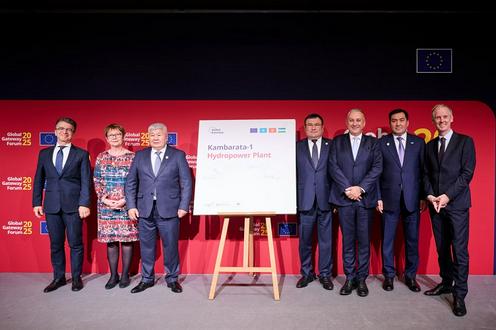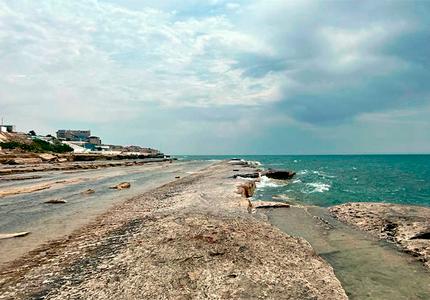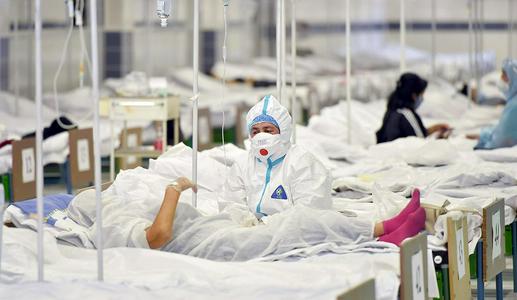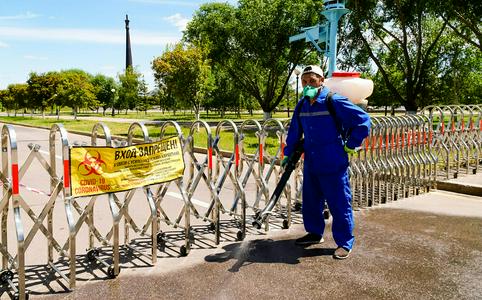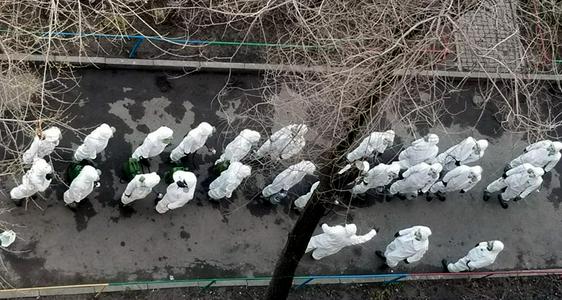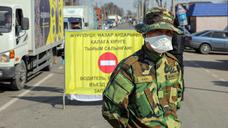The European Bank for Reconstruction and Development (EBRD) and the European Investment Bank (EIB) will participate in financing the construction of the Kambarata Hydropower Plant (HPP-1). A memorandum of understanding between the two institutions and the energy ministries of Kazakhstan, Kyrgyzstan, and Uzbekistan was signed in Brussels, according to the Uzbek Ministry of Energy.
The ministry specified that the agreements were signed as part of the Global Gateway Forum, which brought together leaders of international financial institutions and prominent politicians, including European Commissioner for International Partnerships Josef Sikela.
The event also featured a Central Asia Partnership Dialogue organized by the German Agency for International Cooperation (GIZ). Alongside representatives from Kazakhstan, Kyrgyzstan, and Uzbekistan, the discussion on the region’s energy development included officials from Tajikistan and Turkmenistan.
In addition, during the Global Gateway Forum, the European Union held a session titled “Enhancing Hydropower Potential in Central Asia.” Experts highlighted the importance of major cross-border projects, particularly the Rogun and Kambarata hydropower plants. They emphasized that implementing these projects is crucial for strengthening regional energy security, ensuring efficient use of water resources, and supporting sustainable agriculture.
According to the Uzbek Ministry of Energy, the Kambarata HPP-1 project involves constructing a reservoir with a capacity of 5.4 billion cubic meters and a power plant with an installed capacity of 1,860 MW. Once completed, the plant will be able to generate an average of 5.6 billion kilowatt-hours of electricity annually.
In April 2024, the governments of Kazakhstan, Uzbekistan, and Kyrgyzstan agreed to jointly construct Kambarata HPP-1 on the Naryn River.
Later reports estimated the cost of the facility, which will be located in Kyrgyzstan, at over $4 billion. Funding will come from the participating countries, as well as loans and grants from banks and international financial institutions.
The Kambarata HPP-1 and HPP-2 projects on the Naryn River were approved during the Soviet era, in 1988. Construction began the same year but was halted in 1994 due to lack of funding, after about 25 percent of the work had been completed.
In 2008, work on HPP-2 resumed with Russian support, with an estimated cost of $2 billion. Two years later, the first hydro unit was launched. However, cooperation with Russia later stalled after Bishkek was accused of misusing $450 million allocated under the agreement.
In 2012, it was agreed that both hydropower plants would be completed by RusHydro, but a few years later, the Kyrgyz government initiated the termination of that contract.
